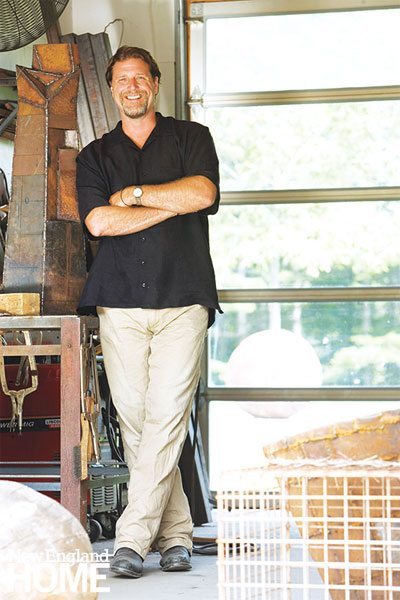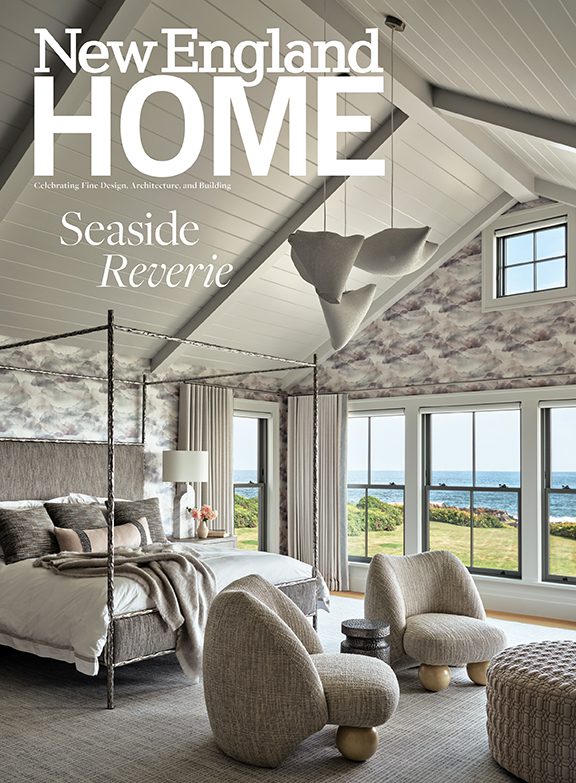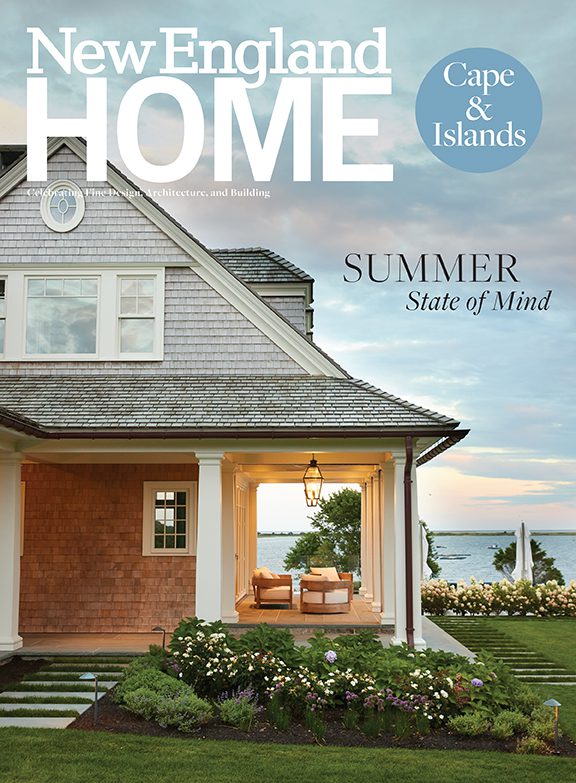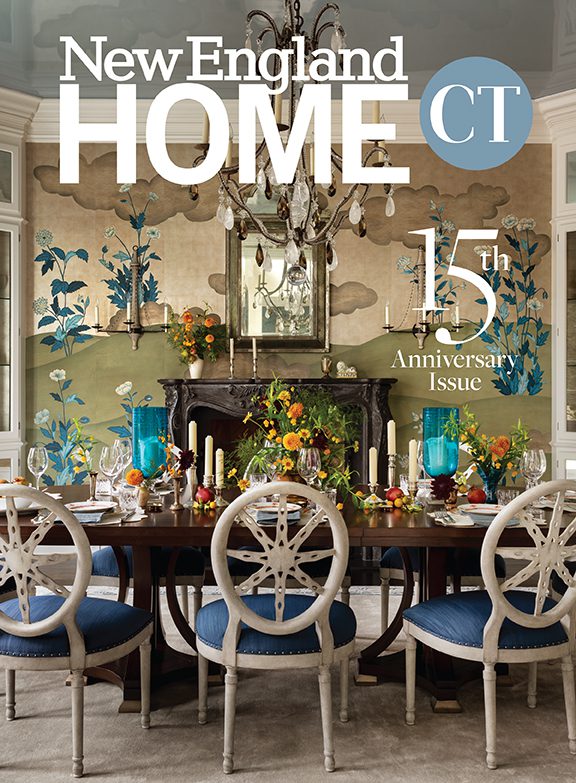Five Questions: H. Keith Wagner
August 25, 2015
Award-winning landscape architect H. Keith Wagner explains how his design complements a home’s design.
Text by Robert Kiener Photography by Jim Westhphalen

1. When is the best time for a client to hire a landscape architect?
From day one. Homeowners will get a better product if we are involved from the beginning of the project. That way we can hear from the get-go what they want and how they want to live. Clients have usually thought very thoroughly about what they want their house to be, but sometimes they haven’t thought about the landscape. So it’s our job to extract that information. This sort of collaboration with client and architect is like a marriage. Whenever you hire a designer there has be a level of trust. We need that trust so that when we give clients suggestions and tell them the pros and cons of things, they can believe us and feel good about that. The sooner you get that trust the easier the project
is. Building a home is stressful, so you want to surround yourself with people you trust.
2. Do you take your landscape design cues from the architect?
Exactly. We don’t have a style. We don’t say, “We do classic cottage gardens or French gardens.” Our language of landscape is formed by expressing what the architect is doing, what the site is doing, and what the client wants. If the architect is using stone on the house, we want to pull that stone into the site through site walls or other features and complement—never overpower—the home’s design. I like to think of landscape design as the placemat. You can have really nice flatware and nice dishes, but the placemat is what pulls it all together.
3. What are the pros and cons of working in New England?
The only con is that our plant palette is more limited than it is in other parts of the country. You have to use that limited, but beautiful, palette in a judicious way to achieve what you are trying to achieve. For example, red-twig dogwood is a pretty calm-looking shrub most of the year, but when it drops its leaves, it has those brilliantly beautiful red branches that are visible in the winter. We use it in big drifts so when you look out in the winter and see this stark, serene winter landscape, you also see this nice drift of red twigs. We also use a lot of ornamental grass because that looks beautiful, often sculptural, in the snow. Among the pros: it’s so beautiful here, the change of seasons is dramatic, and we have so many skilled craftsmen and artisans available.
4. What is the most common mistake you see in landscape design?
The biggest mistake is related to scale. You need to understand that when you are outside, the landscape scale is different than an interior scale. We may tell a client a terrace needs to be this big and they may say, “But that’s twice as big as my dining room.” Well, an eighteen-by-twenty-foot dining room feels big inside, but that same footprint outside is now competing with a vast space and it feels small. The other mistake is not knowing when to say “That’s enough.” That’s hard, and is a skill you need to learn. We are always eliminating the extra in our process and getting it down to its purity. It’s like haiku: we are trying to say as much as we can with as few words as possible.
5. How do you describe your design philosophy?
A client told me that what she likes about our work is that it is calming. That’s exactly what we are trying to do. Life is crazy enough! We want a client to come home, look around, and be able to relax. Our design can be very geometric or very contemporary, but the wood, the stone, and the plants have their own language, textures, and habit of growth. You mix all that together and you can create a space that is simple, elegant, and calming.
Wagner Hodgson Landscape Architecture, South Burlington, Vermont, (802) 864-0010, wagnerhodgson.com
Share
![NEH-Logo_Black[1] NEH-Logo_Black[1]](https://b2915716.smushcdn.com/2915716/wp-content/uploads/2022/08/NEH-Logo_Black1-300x162.jpg?lossy=1&strip=1&webp=1)






